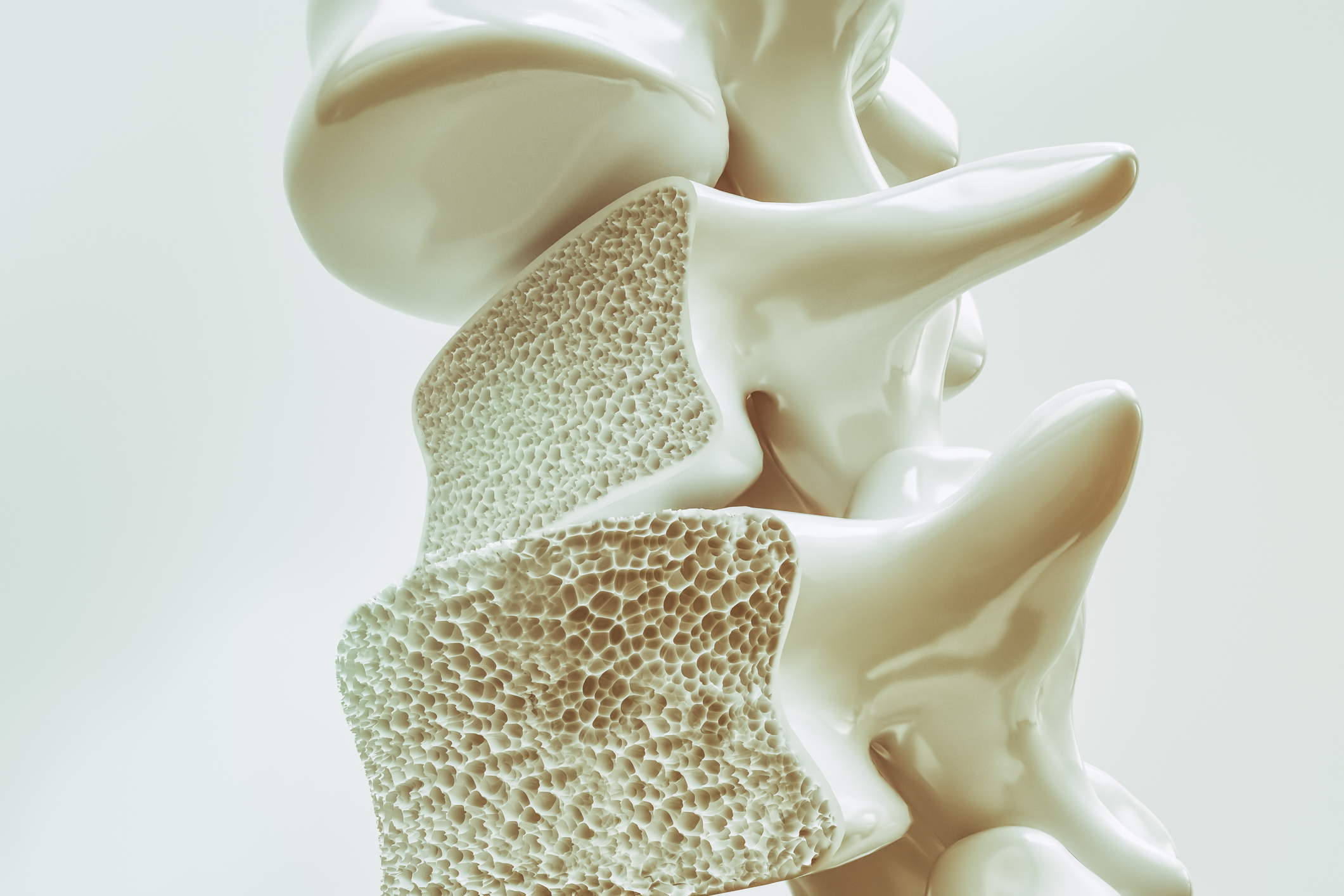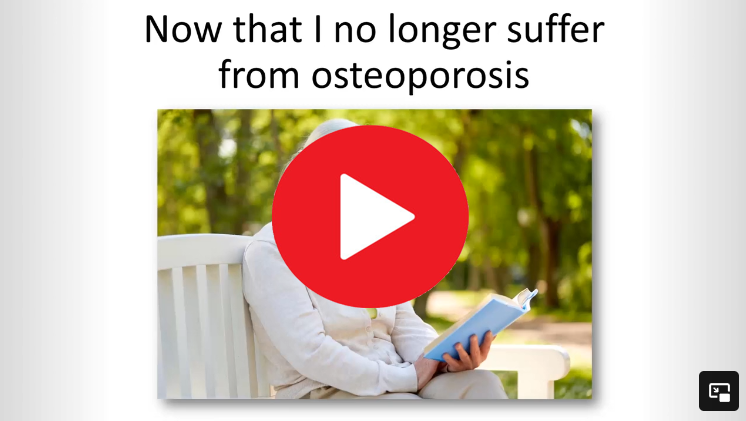
This eBook from Blue Heron Health NewsBack in the spring of 2008, Christian Goodman put together a group of like-minded people – natural researchers who want to help humanity gain optimum health with the help of cures that nature has provided. He gathered people who already know much about natural medicine and setup blueheronhealthnews.com. Today, Blue Heron Health News provides a variety of remedies for different kinds of illnesses. All of their remedies are natural and safe, so they can be used by anyone regardless of their health condition. Countless articles and eBooks are available on their website from Christian himself and other natural health enthusiasts, such as Julissa Clay , Shelly Manning , Jodi Knapp and Scott Davis. |
How Lifestyle Changes Affect Fracture Risk
How Changes in Lifestyle Influence Fracture Risk
Lifestyle habits greatly impact bone strength and fracture risk. Through adopting healthier lifestyles, individuals can strengthen bones, improve balance, and prevent falls and fractures. The following are the most significant lifestyle changes that can significantly lower fracture risk:
1. Diet and Nutrition
Calcium and Vitamin D: Adequate calcium and vitamin D intake is necessary for bone health. Calcium helps to preserve bone density, and vitamin D allows the body to absorb calcium.
Food Sources of Calcium: Milk, leafy greens, fortified foods, and almonds.
Food Sources of Vitamin D: Sunlight, fatty fish (like salmon), and fortified foods.
Protein: A diet high in protein helps to support bone health by allowing for collagen production, an important protein found in bone structure.
Sources of Protein: Legumes, beans, lean meats, tofu, and dairy foods.
Magnesium and Phosphorus: Phosphorus helps with bone mineralization and magnesium helps in keeping bones strong and dense.
Sources of Magnesium: Nuts, seeds, whole grains, and leafy vegetables.
Sources of Phosphorus: Fish, poultry, meat, and milk.
Steer Clear of Excessive Caffeine and Alcohol: Overconsumption of alcohol can hinder the process of bone formation, while overconsumption of caffeine could lead to the loss of calcium. Abstention from caffeine and alcohol will help to prevent bone damage.
2. Regular Physical Training
Weight-Loading Exercise: Walking, running, dancing, and staircase climbing increase bone density by inducing the process of bone remodeling and raising bone density.
Strength Training: Lifting weights or resistance training helps to preserve muscle mass and bone density, which decreases the risk of fractures by enhancing balance and posture.
Balance and Flexibility Exercises: Activities such as yoga or tai chi enhance balance and flexibility, decreasing the risk of falls, which are one of the main causes of fractures among older people.
Avoiding Sedentary Behavior: Lack of physical activity leads to weak muscles and thin bones. Exercise regularly keeps bones strong and muscles firm, which is beneficial for skeletal health in general.
3. Stopping Smoking
Smoking harms bone health by reducing blood flow to bones, slowing the production of bone-building cells, and accelerating bone breakdown. Smokers have a higher risk of fractures, particularly hip and spine fractures.
Stopping smoking also helps strengthen bone and lower fracture risk because smoking cessation gives the body a chance to regain the bone density in the long term.
4. Fall Prevention and Home Safety
Removing Fall Danger: Clearing clutter, making rugs secure, and enhancing household lighting can preclude falls.
Use of Assistive Devices: For those with mobility issues or balance issues, assistive devices such as canes, walkers, or grab bars can decrease the risk of falls and fractures.
Footwear Options: Wearing good grip shoes and avoiding heels can prevent falls, especially in older adults.
5. Weight Management
Having a Healthy Weight: Being underweight or overweight may increase the risk of fractures. Being overweight puts bones and joints under additional stress, while low body weight may lead to brittle bones.
Healthy Eating and Exercise: In combination with a healthy diet, regular exercise can promote healthy weight, which is good for bone strength and reduces the risk of fractures.
6. Stress Reduction
Chronic stress releases cortisol, a hormone which can decrease bone density in the long run.
Stress can be controlled through relaxation using meditation, deep breathing, or mindfulness to decrease cortisol levels and enhance overall bone health.
Conclusion
Modification of lifestyle plays a central part in reducing the risk of fracture. An adequate diet with increased consumption of calcium and vitamin D, exercise on a regular basis, cessation of smoking, fall prevention, and weight control can result in denser bones and fewer fractures. These habits can be followed to improve bone density and general health.
The Future of Fracture Prevention Research
Prevention of fractures, especially among the elderly, is an area of prominent medical and scientific research. In the context of an aging population, prevention of fractures caused by conditions like osteoporosis and low bone mass is increasingly becoming essential. Below are some of the most evident areas where research in fracture prevention is headed:
1. Emerging Imaging Technologies for Early Detection
???? Current State:
Bone mineral density (BMD) scans like DEXA scans are widely used to measure fracture risk.
There are fracture risk prediction models, but they can be improved.
???? Future Directions:
3D imaging and microCT (micro-computed tomography) could lead to more accurate judgments about bone quality and structure.
Biomarker tests might be created to screen for early signs of bone fragility before fractures occur.
Artificial intelligence (AI) is likely to become a significant force in fracture prediction with advanced imaging information analysis.
2. New Medications and Therapies
???? Current State:
Medications like bisphosphonates, denosumab, and teriparatide are used to increase bone density and decrease fractures.
Hormone replacement therapy (HRT) and selective estrogen receptor modulators (SERMs) are used in certain populations.
???? Future Directions:
Anabolic medications, like romosozumab, that activate bone formation are promising and could be used more frequently.
Gene therapies can be designed to act on the molecular pathways of bone formation and bone resorption, strengthening bones at the cellular level.
Osteoprotegerin (OPG) mimetics and sclerostin inhibitors are also being studied as therapeutic agents that can further reduce bone loss and increase bone strength.
3. Personalized Medicine and Precision Approaches
???? Current State:
Treatments are given on the basis of broad risk factors like age, gender, and BMD.
???? Future Directions:
Personalized fracture prevention will involve genetic testing to determine individual risk factors for fracture and osteoporosis.
Medications, supplements, and lifestyle changes will be tailored according to their own genetic makeup, medical history, and lifestyle.
Pharmacogenomics can forecast how individuals are likely to respond to certain treatments (e.g., bisphosphonates or anabolic agents).
4. Bone Regeneration and Tissue Engineering
???? Current State:
Current therapies primarily focus on slowing bone loss rather than regenerating bone.
???? Future Directions:
Stem cell therapies could make regenerative therapies possible that restore or rebuild bone tissue.
Bone engineering could involve the use of biodegradable scaffolds and growth factors to stimulate bone repair and development in areas where fractures have occurred.
3D-printed bone implants can be used to help repair fractures, especially in non-healing or complex bone fractures.
5. Fall Prevention-Bone Health Integration
???? Current State:
Fall prevention programs focus on balance training, muscle strengthening, and home modifications.
???? Future Directions:
Smart shoes or wristwatches can offer gait, posture, and activity level monitoring and provide real-time feedback to avoid the risk of falls.
VR can be incorporated into rehabilitation, fall prevention programs, and prescribing customized exercises according to strength enhancement and coordination enhancement.
AR, as well as devices supported by AI technology, can screen for fall risk and improve timely identification of a fall, such that it prevents subsequent fracture by providing assistance immediately.
6. Bone Health in Special Populations
???? Present State:
Investigation is focused primarily on the aging population as a whole, although there is some focus on women (due to menopausal bone loss) and osteoporotic patients.
???? Future Directions:
Fracture prevention in special conditions like diabetes, cancer, and rheumatoid arthritis will be attended to more intensely, as these conditions also impact bone quality and fracture propensity.
Children and teenagers may see more research into bone formation with an aim to stop bone loss early, especially in chronically ill children or those undergoing long-term medication regimens (e.g., steroids).
Research into preventing fractures in those with compromised cognitive function, e.g., Alzheimer’s disease, will increase as such groups are at higher risk of falling and breaking a bone.
7. International Strategies and Public Health Practices
???? Current State:
Prevention interventions for fracture are typically reserved for high-risk individuals, with a focus on education and adherence to treatment.
???? Future Directions:
Population-based approaches will become increasingly widespread, focusing on bone health in all demographics, including public health campaigns for diet and exercise to prevent osteoporosis.
International collaboration will allow for the sharing of research and the implementation of prevention of fracture in low-resource communities, increasing access to preventive care and treatment worldwide.
Final Thoughts
The future of fracture prevention science will merge advanced technology, individualized therapy, regenerative medicine, and fall prevention to create a more comprehensive approach to bone health. As populations age globally, these technologies will be essential to reducing fractures, improving quality of life, and maintaining independence in older individuals.
Would you like to learn more about any of these emerging research areas?
The Bone Density Solution by Shelly ManningThe program is all about healthy food and healthy habits. As we discussed earlier, we develop osteoporosis due to low bone density. Therefore, you will have to choose the right food to help your calcium and other vitamin deficiencies. In addition to healthy food, you will have to regularly practice some mild exercises. Your doctor might offer you the same suggestion. However, the difference is that The Bone Density Solution will help you with an in-depth guide.
